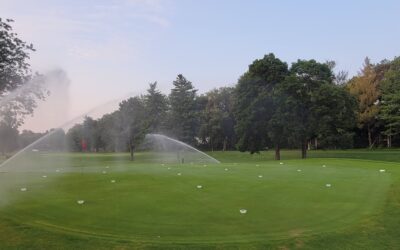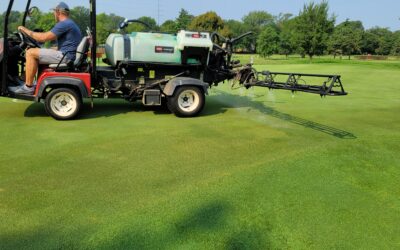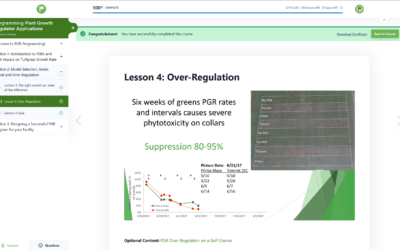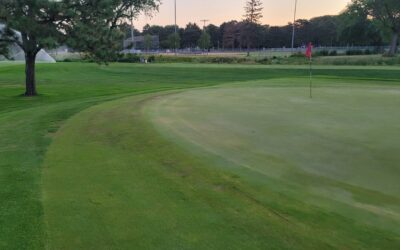GREENKEEPER BLOG
Nightly Irrigation Guidance Comes to GreenKeeper App
It's always a tough call. Should we irrigate tonight or stretch it another day? Make the wrong decision and you'll be hand-watering wilt tomorrow afternoon. So you decide to water, but how many minutes are required? Over-watering not only wastes water and money, but...
One Easy Task Will Transform Your Management Program
I can assure you that this simple task, taking less than one minute each day, will provide valuable insight that directly impacts agronomic decisions. It is the most valuable piece of data that I collect, and it’s my biggest pet peeve when it’s skipped. This measurement predicts putting green performance, helps schedule mowing and topdressing frequency, and guides PGR and nitrogen application rates. It also helps me manage high and low performing greens differently. Still, there are a lot of questions about how to collect, log and use the data. This short article will help answer those questions.
Experience GreenKeeper CIS at the GCSAA Conference and Trade Show
Are you interested in GreenKeeper App but don’t know where to start? Maybe you’re curious about GreenKeeper CIS and want try it at your course. Join our GreenKeeper team at the GCSAA Conference and Trade Show in Phoenix.
Making the Case for GPS Sprayer Technology
Access to GPS-equipped technologies have exploded in the turfgrass management industry over the past decade. These technologies monitor soil moisture, measure turf health, and improve application precision. The rise of GPS-enabled sprayers offer the potential to...
Revamped GreenKeeper University Enhances Flexibility
To add flexibility for students around the world, GreenKeeper University classes has moved to a self-paced, asynchronous, delivery system. Students gain immediate access to the course after they enroll and have no time limit to complete the course content.
A New Era in Wetting Agent Programming
There are literally hundreds of soil wetting agents in the turfgrass management industry. Some are marketed to retain water while others to move it. Some claim to increase surface firmness while others supposedly reduce firmness. Labeled re-application intervals range...






